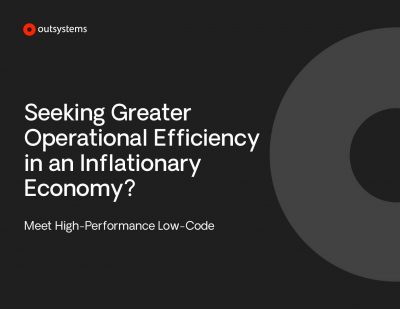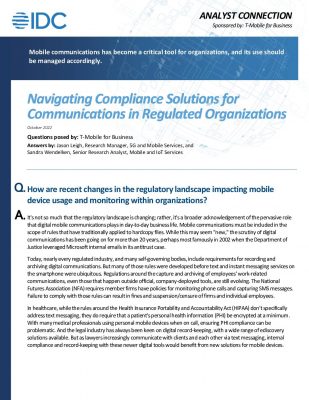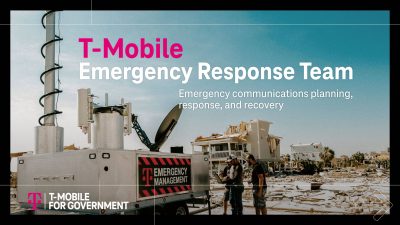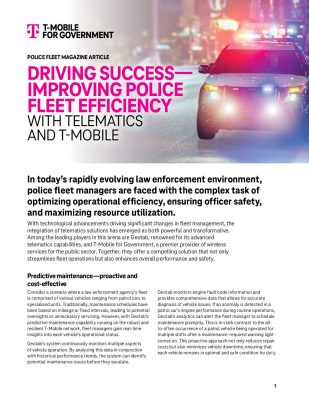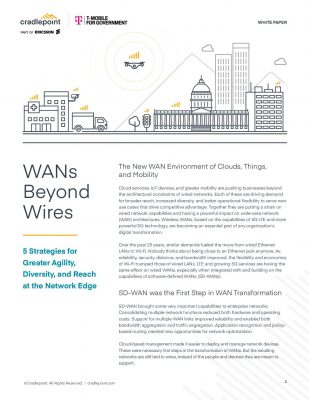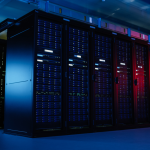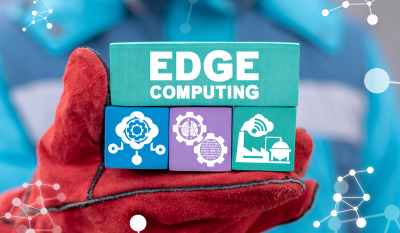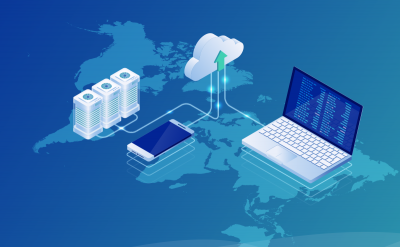Highlights:
- With storage virtualization, businesses need not spend on new capacities but can dynamically allocate resources to offer the essential capacity for each application when needed.
- An SDDC in sync with cloud helps you deliver extraordinary application performance and enough capacity to augment data growth while ignoring huge capital expenses.
How about a data center practically running itself? Imagine it supports real-time adaptation to meet your dynamic business demands. What makes this feasible is the Software Defined Data Center (SDDC) where automation, cutting-edge virtualization, and resource pooling transform your modern IT infrastructure into a scalable and highly effective powerhouse.
The guide will unfold the intricacies of SDDCs and how they can optimize your IT tasks, delivering a competitive edge in the paced up digital landscape. Eager to unravel this futuristic tech? Let’s delve deeper to leverage its potential.
What is Software Defined Data Center?
A software defined data center exercises virtualization by housing computing, storage, and networking resources, delivering unified software tool suite to maintain virtualized resources. It emerges from the decades of evolution occurred in server virtualization.
The urge to foster IT agility leads businesses to explore more data center architecture alternatives. Businesses seek to catalyze the delivery of tech services by retaining control over IT, reducing cost and complexity.
Simply explained, procuring and deploying traditional infrastructure has become challenging and sluggish. Business groups and Software developers are skeptical to wait for weeks to months to buy and deploy new physical infrastructure. IT teams demand quicker resources in hours or minutes to encash on evolving marketplace conditions and fulfil customer expectations.
Understanding SDDC’s fundamental configuration lays the foundation for exploring its key components, which work together to enable virtualization, automation, and scalability.
Components of Software Defined Data Center
SDDC is made up of four architectural elements, facilitating companies to effectively coordinate and cater IT resources.
-
Compute virtualization
Compute virtualization, also known as server virtualization, complements server resources, including operating systems, CPUs, memory, and software from physical servers. This makes it simpler for administrators to leverage virtualization software (hypervisor) to organize and manage the system’s virtualized resources and use Virtual machines (VMs) to coordinate numerous workloads altogether.
-
Storage virtualization
Storage virtualization can unify resources and is accountable to offer and manage data storage from the consolidated system. Storage virtualization eliminates the need for businesses to invest in additional physical capacity by enabling dynamic resource allocation, ensuring each application receives the necessary storage precisely when required.
-
Network virtualization
Network virtualization enables the creation of network infrastructures that support virtual machines (VMs), independent of the underlying physical hardware. It enables administrators promptly respond to evolving business dynamics without any physical constraint.
-
Automation and orchestration
Virtual server deployment is predominantly automated, with orchestration handling the automated configuration, management, and coordination of services, applications, and systems. Software defined data center architecture uses automation and management software to retain business-critical functions.
The seamless integration of SDDC components offers enhanced scalability and automation, which is further amplified by the role of cloud computing in supporting and optimizing SDDC operations.
How Cloud Complements Software Defined Data Center?
Cloud integration helps eliminate bottlenecks and accelerates the transition to Software-Defined Data Center (SDDC) architectures. With SDDCs implementation on cloud-based infrastructure, one can save on time and reduce operational risks of rearchitecting existing infrastructure.
Moreover, with cloud-based management platforms, you can save the time it takes to install those tools on local configurations. If the cloud vendor provides the interfaces and tools your administrators use, you can ignore the learning curve. Administrators can continue using those platforms to maintain cloud-based applications and resources as they would on-premises.
A cloud-backed SDDC helps manage costs by eliminating the need for investing in physical infrastructure, allowing organizations to leverage virtualized resources instead. For instance, your organization can establish an entirely new architecture in the cloud and save on capital expenses. Or you could harness your current infrastructure in a hybrid environment with the cloud utility to enlarge your resources without purchasing and deploying more physical platforms.
Cloud-based infrastructure helps to scale up capacity and grants access to latest technologies without any requirement of frequently updating physical systems. An SDDC in sync with cloud helps you witness extraordinary application performance and sufficient capacity to bolster data growth while avoiding large capital expenditures.
You can also maintain control over your environment. When developers and business users integrate public cloud services with no IT oversight, they can generate new governance, security, and regulatory issues. The most adequate cloud-powered SDDC can help you access cloud resources, adhering to compliance with internal regulations and external policies.
While the cloud plays a crucial role in enhancing the scalability, flexibility, and automation of an SDDC, its integration also introduces challenges related to security, compliance, and operational complexity.
SDDC Implementation Challenges
Deploying SDDC presents several hurdles, from infrastructure intricacy and integration constraints to security concerns and skill gaps.
-
Transition complexity
Migrating from a regular data center to an SDDC is a gruesome process that demands cautious organizing. Organizations need to tackle data migration and protection, compatibility issues, and potential downtime. Besides, IT personnel require training on new processes and technologies, which can be resource-intensive and time-consuming.
-
Legacy system integration
Most organizations work with legacy systems that don’t immediately sync with latest software defined data center technologies. Integrating such systems into a software-defined configuration becomes challenging, often involving the requirement of extensive testing and custom solutions for smooth operations.
-
Security issues
Although an SDDC offers better security features, it also presents new susceptibilities, particularly in the automation and software layers. Cyber hazards such as ransomware and malware can exploit these discrepancies, thereby requiring continuous monitoring and robust security measures.
-
Implementation costs
While SDDCs offer significant long-term cost benefits, the upfront expenses for hardware, software, training, and deployment can be substantial. Businesses need to assess the total cost of ownership and create a segmented implementation strategy to manage expenses effectively.
Takeaway
Software defined data center solutions represent the future of IT infrastructure, offering unmatched flexibility, scalability, and efficiency. By virtualizing storage, compute, and networking resources, SDDCs enable enterprises to streamline IT functions, control expenses, and quickly adapt to evolving demands. As the businesses continue to embrace digital transformation, investing in SDDC technology will be inevitable for staying competitive in an increasingly dynamic and data-driven world.
Enhance your expertise by accessing a range of valuable IT-Infra-whitepapers from our resource library.

